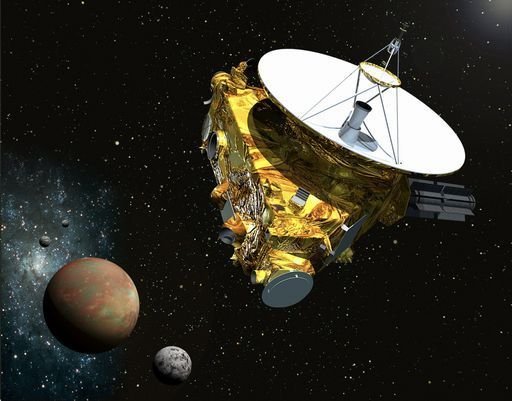NASA probe performs first interstellar parallax experiment

NASA's New Horizons probe has first sent images of the "alien sky" from as far away as the limits of our solar system, after venturing beyond Pluto to conduct the first interstellar parallax experiment, it reported this week. the American space agency.
The ship has traveled so far that it now has a unique view of the nearest stars. "It is fair to say that New Horizons is looking at an extraterrestrial sky, as opposed to what we see from Earth," said project lead researcher Alan Stern, explaining that this allows for "something never before accomplished."
Thanks to the distance of the spacecraft, astronomers were able to successfully carry out the first interstellar parallax experiment, which consists of seeing how a star appears to move with respect to its background when observed from different places. Scientists have long used this "parallax effect" to measure distances to stars.
Between April 22 and 23, the probe's long-range telescopic camera, which was more than 6.9 billion kilometers from our planet, was able to capture two of the "closest" stars, Proxima Centauri and Wolf 359 , clearly evidencing this effect.
What is observed in the experiment is somewhat similar to when we put a finger in front of us and it seems to move when closing one eye and then changing the other, NASA explained. But when it comes to stars, "no human eye can detect these changes," Stern noted.
Parallax changes are small and can only be measured with precision instruments. When New Horizons images were combined with shots of the same stars made by telescopes on Earth on the same dates, the parallax change is clearly visible. This combination produces a 3D view of the stars "floating" in front of their background star fields, astronomers explain.
New Horizons' latest stereoscopic experiment breaks all records. The photographs of Proxima Centauri and Wolf 359, stars known to both amateur astronomers and science fiction enthusiasts, use the longest distance between points of view ever achieved in 180 years of stereoscopy! ", Stated the astrophysicist and Queen guitarist Brian May.